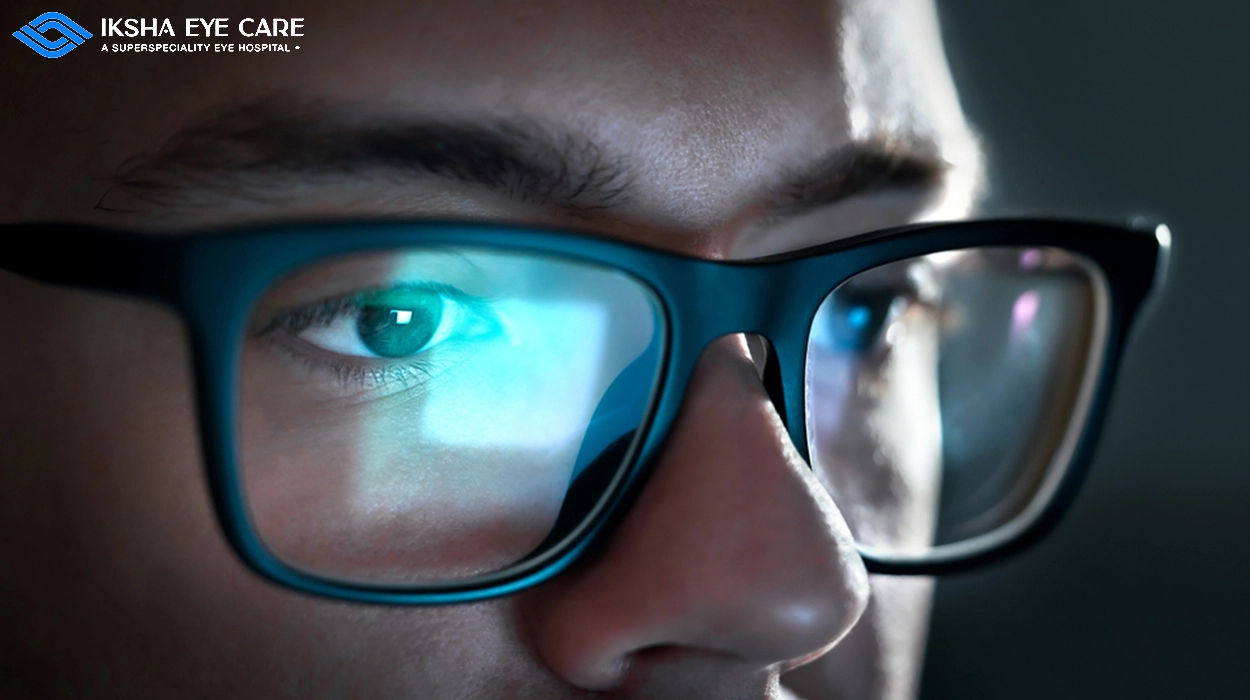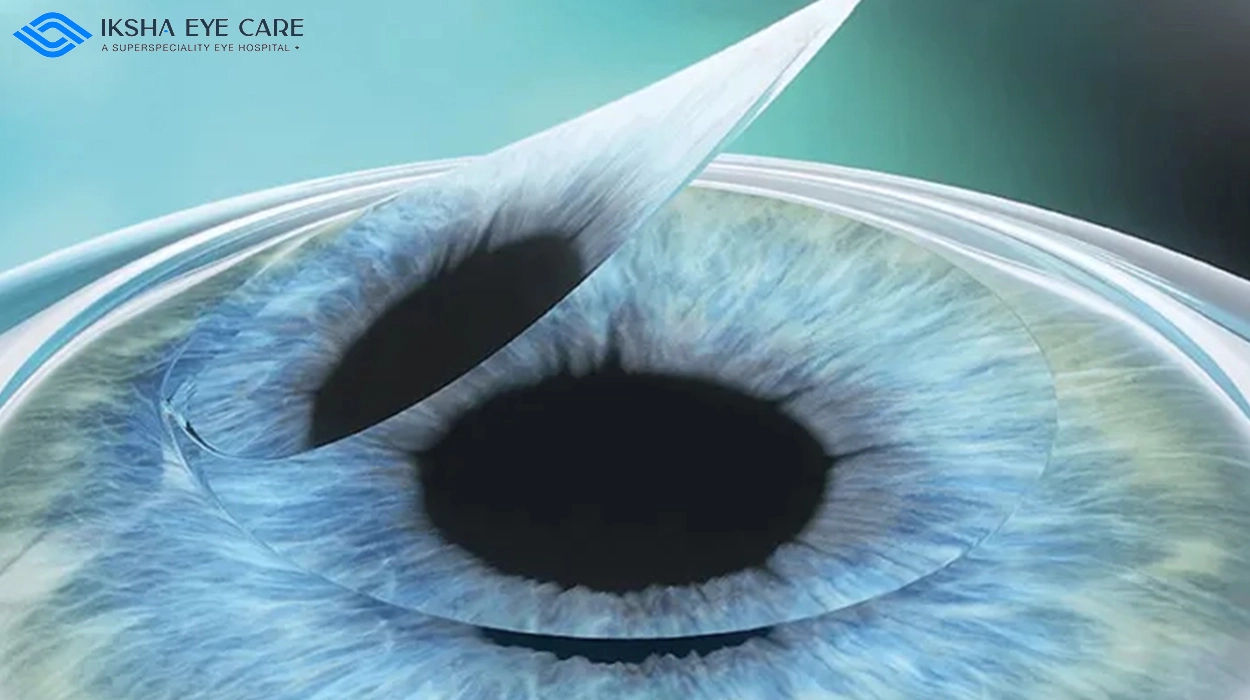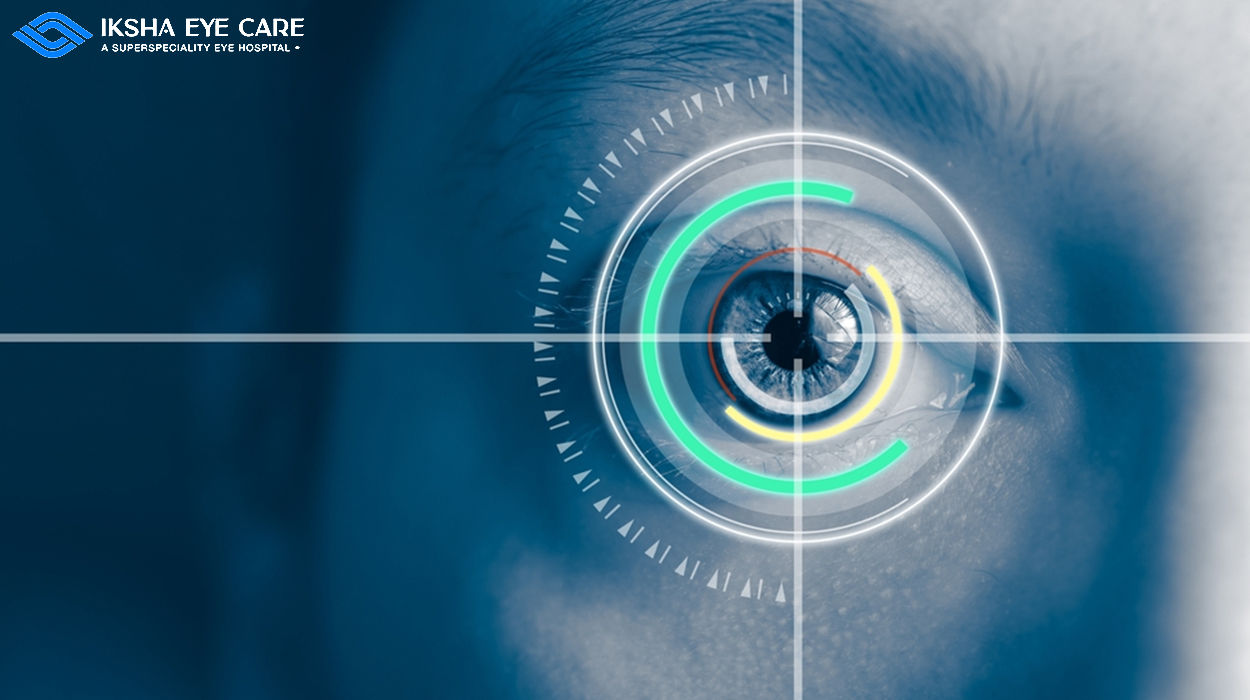In today’s digital age, it is more common than ever for children to spend long hours in front of screens. This can have several adverse effects on their eyes, including eye strain, dry eyes, and headaches. In some cases, excessive screen time can even lead to more severe vision problems, such as nearsightedness.
Here is a closer look at the impact of excessive screen time on children’s eyes:
- Eye strain: Eye strain is a common problem that can be caused by any activity that requires close focus, such as reading, writing, or using a computer or tablet. When children spend long hours staring at screens, their eyes have to work harder to focus, which can lead to eye fatigue, blurry vision, and headaches.
- Dry eyes: When we blink, our tears help to keep our eyes moist and comfortable. However, when we stare at a screen for long periods, we tend to blink less often. This can lead to dry eyes, irritation, burning, and discomfort.
- Headaches: Headaches are another common problem that can be caused by excessive screen time. The exact cause of screen-related headaches is not fully understood, but it is thought to be due to a combination of factors, including eye strain, dry eyes, and muscle tension in the neck and shoulders.
- Nearsightedness: Nearsightedness, also known as myopia, is a condition where people can see objects close up clearly, but things farther away are blurry. Nearsightedness is becoming increasingly common in children, and some studies have linked excessive screen time to an increased risk of developing this condition.
Parents can do many things to help protect their children’s eyes from the adverse effects of excessive screen time. Here are a few tips:
- Limit screen time: The American Academy of Pediatrics (AAP) recommends that children under the age of 2 should have no screen time, and children ages 2 to 5 should have no more than two hours of screen time per day. The AAP recommends limiting screen time to no more than three hours per day for older children.
- Encourage regular breaks: When children use screens, it is essential to encourage them to take frequent breaks. The 20/20/20 rule is an excellent guideline to follow. This rule states that children should look away from the screen every 20 minutes and focus on an object at least 20 feet away for at least 20 seconds.
- Adjust the screen brightness: The brightness can also affect eye strain. Ensure that the screen is not too bright and that the contrast is set so the text is easy to read.
- Make sure the child’s eyes are healthy: If your child has any eye problems, such as nearsightedness or astigmatism, make sure they are wearing glasses or contact lenses.
- Set a good example: Children learn by watching the adults in their lives. If you want your child to limit their screen time, make sure you are setting a good example by limiting your own screen time.
By following these tips, you can help protect your child’s eyes from the adverse effects of excessive screen time. In addition to the tips above, parents can do a few other things to help their children’s eyes stay healthy. These include:
- Taking children for regular eye exams. This is especially important for children at an increased risk of developing vision problems, such as those with a family history of eye problems or who are nearsighted.
- Encouraging children to spend time outdoors. Natural light helps to protect the eyes from harmful blue light.
- Teaching children about good eye hygiene. This includes washing their hands before touching their eyes and not rubbing them too often.
Conclusion
Excessive screen time can have a negative impact on children’s eyes. However, there are a number of things that parents can do to help protect their children’s eyes from these effects. By following the tips in this blog, parents can help their children enjoy the benefits of technology without harming their eyes.

































